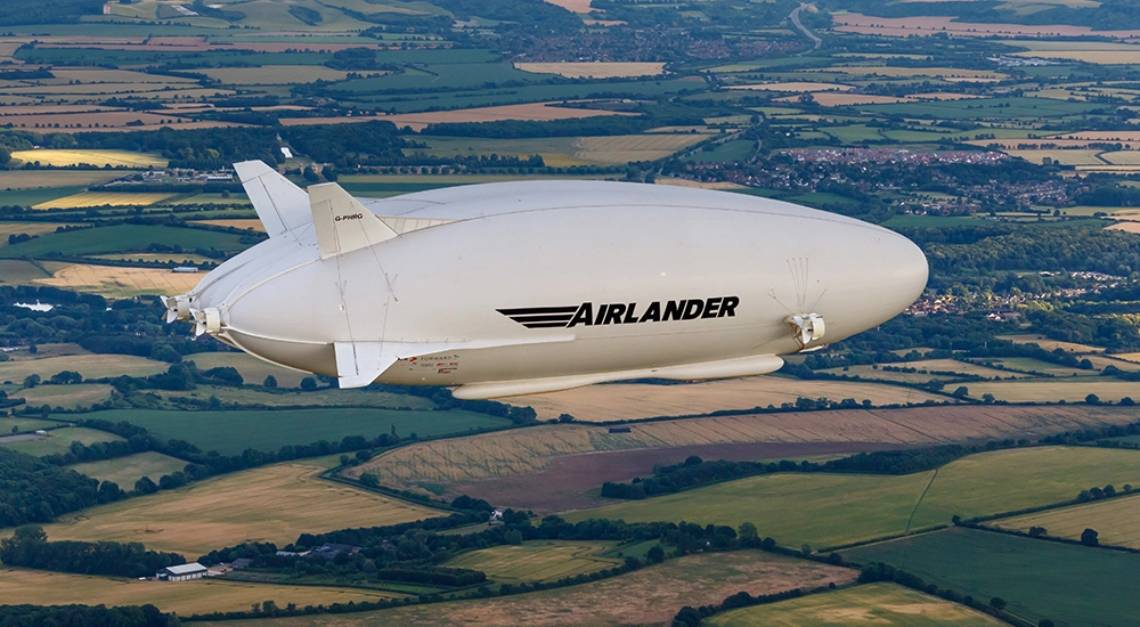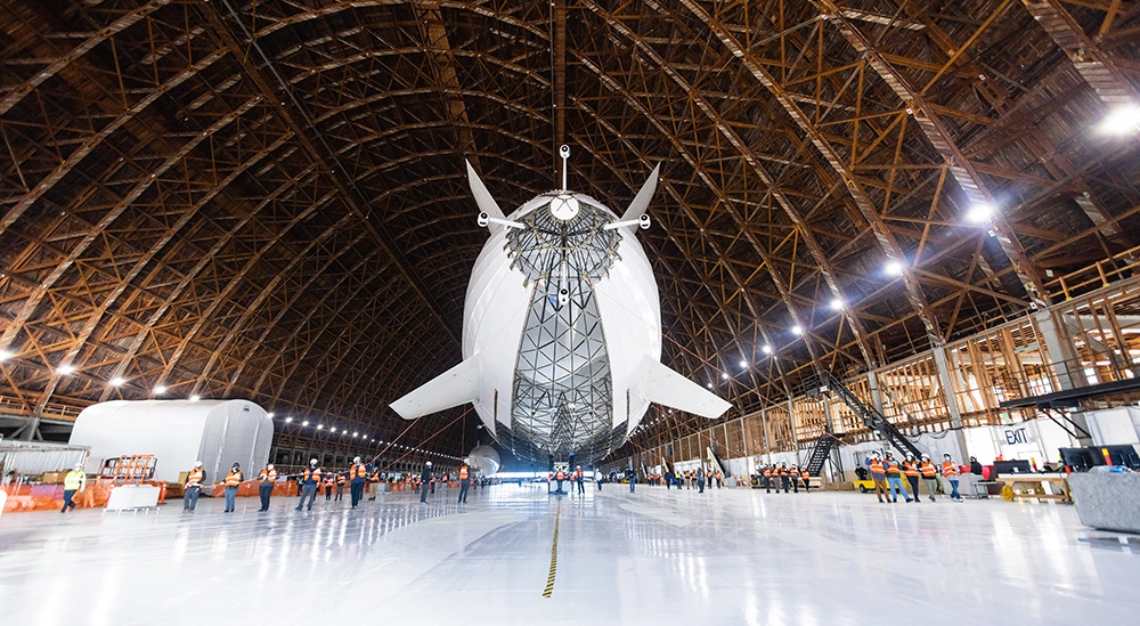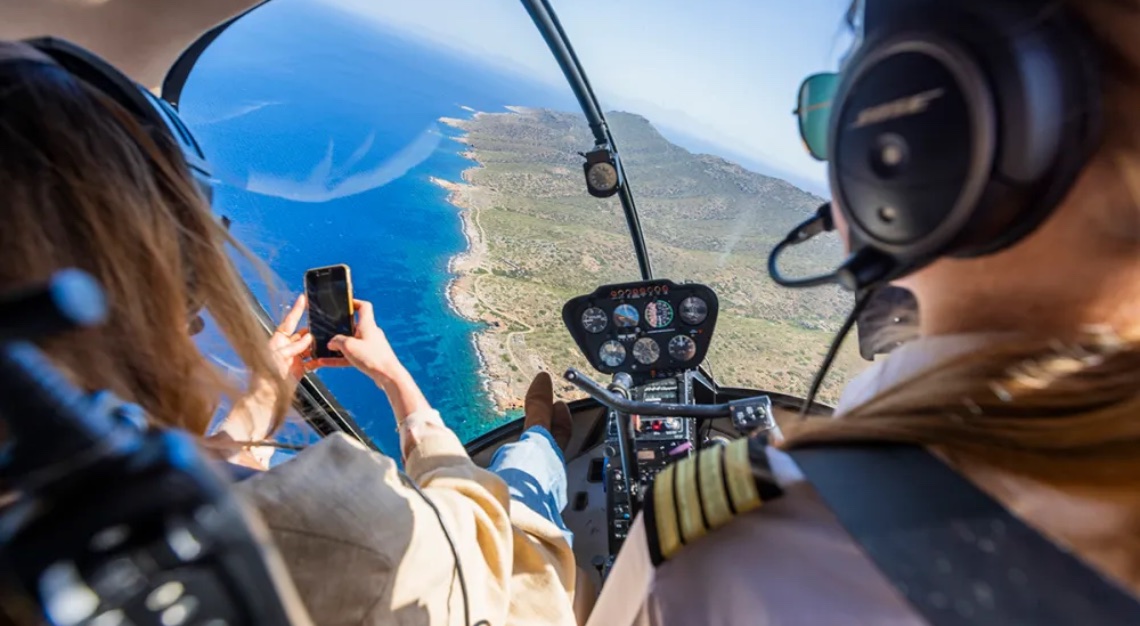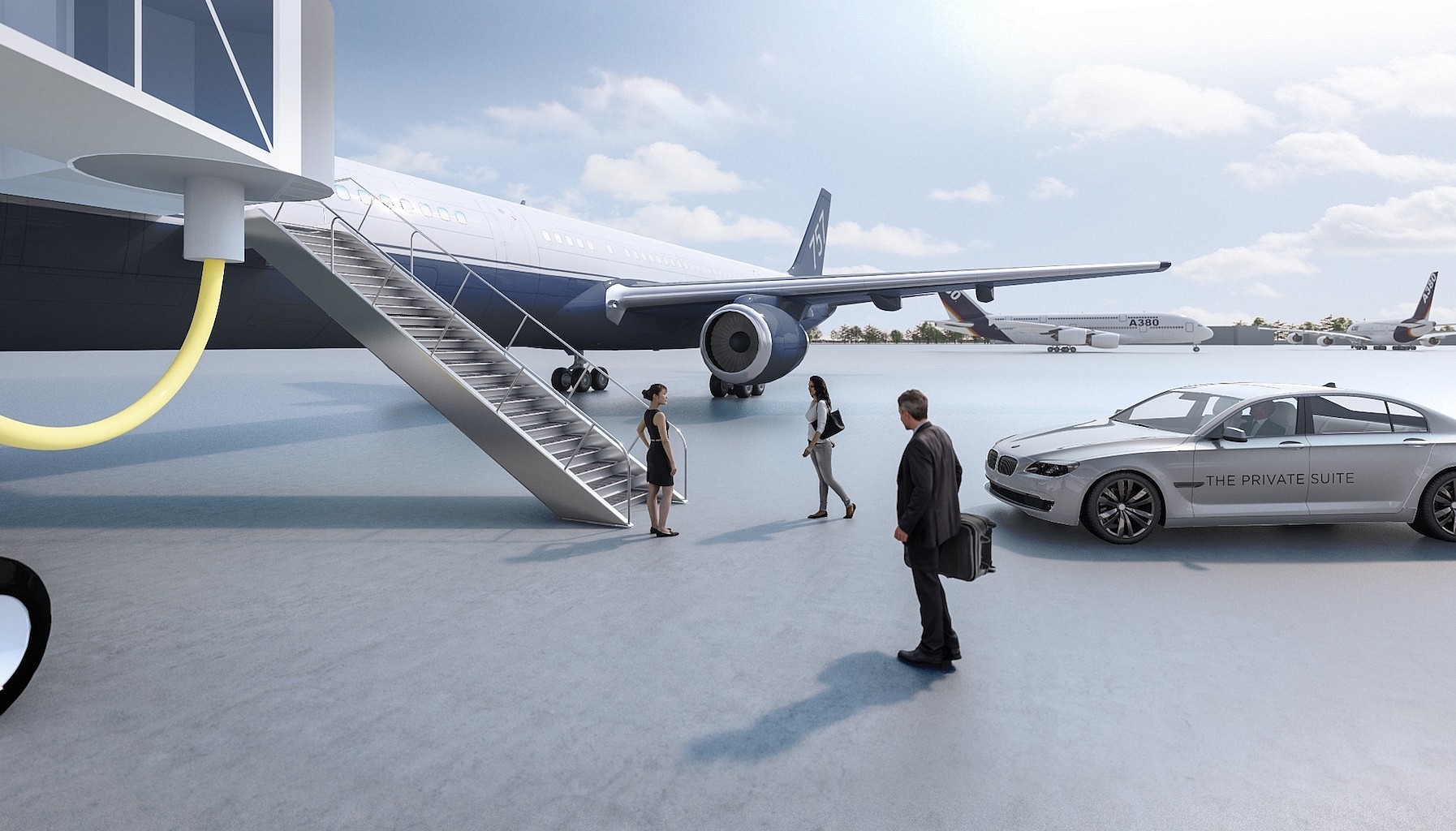The bygone-era craft is taking to the skies again with a luxurious overhaul of key features
Airships, which for centuries have reflected the inventive spirit of visionaries such as Leonardo da Vinci and Jules Verne, are currently experiencing a renaissance. Though they’ll never compete with jet aircraft for long-distance travel, airships offer low operating costs, reduced infrastructure requirements and significantly lower carbon output.
And the advantages are particularly pronounced in the field of regional travel, where growing pressure from governments and environmental groups is threatening to restrict the commercial air-travel sector. In an effort to anticipate future regulations, Spanish carrier Air Nostrum recently ordered 10 Airlander airships from Hybrid Air Vehicles (HAV) of Britain.
The Airlander 10, which is expected to be certified and flown commercially in 2026, can carry approximately 130 people and cruise between 50 and 70 knots using noncombustible helium for buoyancy and four kerosene-powered reciprocating engines for propulsion—a system that will burn 90 per cent less fuel than similarly sized aircraft. And it will also be configured for the luxury market, with a handful of suites to complement its ability to stay airborne for five days.

Then there’s Google cofounder Sergey Brin. His LTA (Lighter Than Air) research outfit is headquartered both in Mountain View, California, and at the Goodyear Airdock hangar in Akron, Ohio, where its Pathfinder airships aim to advance the cause with new technologies and zero emissions
“Pathfinder is a case where someone is willing to take a risk and has all the necessary capital,” says Brandon Buerge, an associate professor with the Department of Aerospace Engineering at Wichita State University and veteran of three airship programmes. If Pathfinder is successful, Buerge forecasts sizable investments in the sector for applications such as cargo and regional travel.
Buerge likens his own flight experience on a Skyship 600, from British supplier Airship Industries, to being on a yacht. “The bow of the ship would ride up over any thermals and then drop down again—a lot slower and more peacefully than a conventional aircraft,” he says. “And if you’re idling, which you can’t do in a fixed-wing aircraft, it’s a quiet, magical experience that’s very unlike the artificial feeling of flying in an aluminium tube.”

Israel-based Atlas LTA Advanced Technology is touting its long-range Atlant 30, which accommodates 20 passengers across 10 suites and should also be ready to fly in 2026. “It will have the capability to land on any surface, including water,” says Atlas CEO Gennadiy Verba. “This is real sky yachting.”
Also playing to the maritime connection, at least in name, is OceanSky Cruises. The Swedish operation recently announced a partnership with experiential travel and yachting firm Pelorus and is planning a 36-hour itinerary that takes travellers from Svalbard, Norway, to the North Pole at an altitude of 300 metres.
The journey with OceanSky Cruises will combine exclusive cabins and haute cuisine with epic sightseeing through the glass flooring and windows. Cofounder Carl-Oscar Lawaczeck says initial customers will pay US$200,000 for the excursion, comparable to the top-tier pricing of last year’s first space flights on Virgin Galactic and Blue Origin. And he believes that airship travel will command a premium before it becomes more accessible: “The high end leads the way.”
This article was first published on Robb Report US






